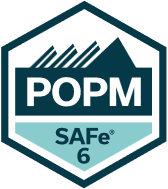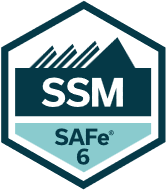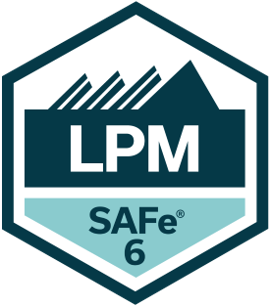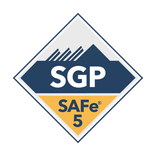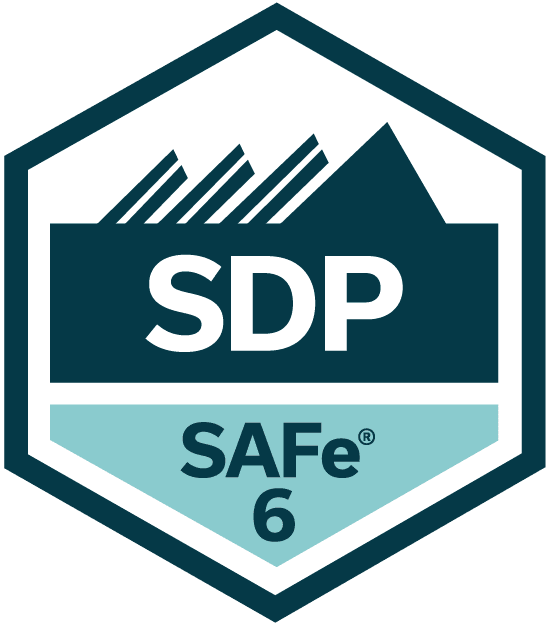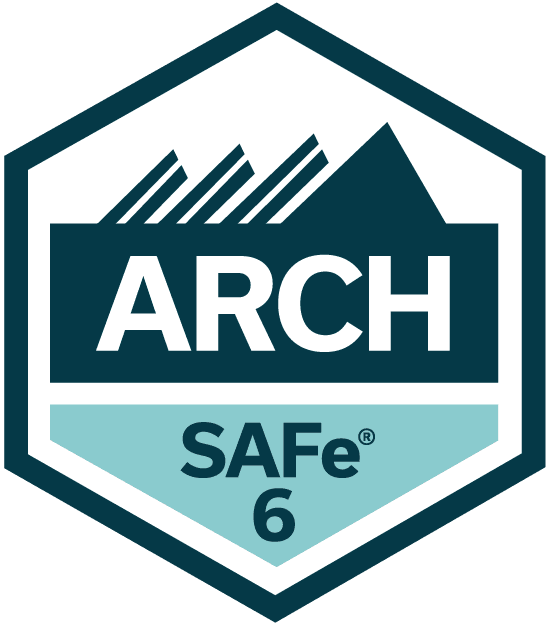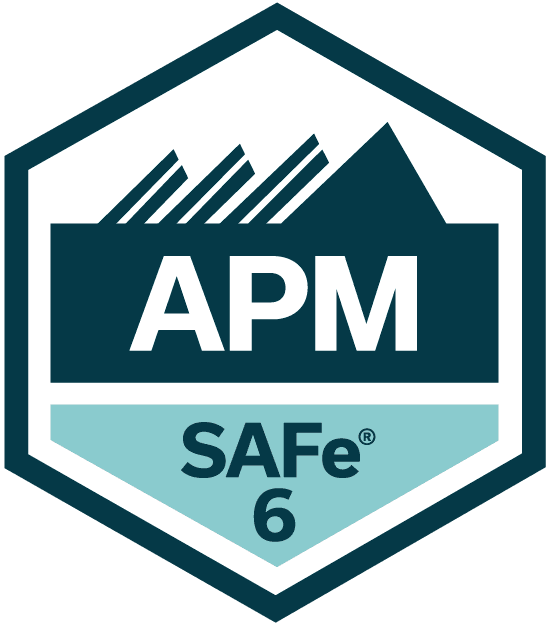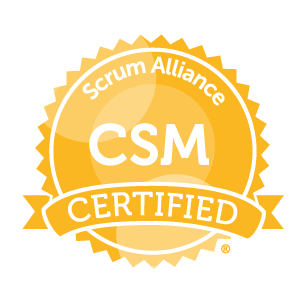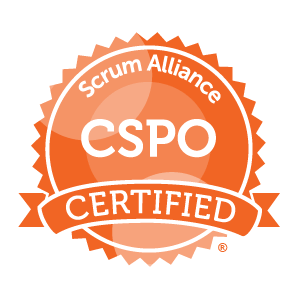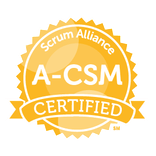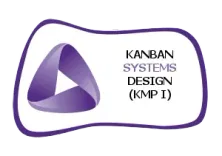Scrum is a framework developed by Ken Schwaber and Jeff Sutherland in the 1990s to allow product development teams to be adaptable and responsive to changes in stakeholder requirements. Scrum is based on Agile principles and involves breaking down the product development process into several iterations, with each iteration building on the learnings from the previous one.
What is Scrum Framework?
The Scrum framework includes several elements, including the Scrum artifacts, roles, goals, and events which are all customer-centric in their approach. Scrum is implemented by a Scrum team which consists of a Scrum Master, a Product Owner, and Developers. Each member of the team works closely together to achieve the set goals and adhere to the Scrum methodology to stay agile and adaptable throughout the process. The Scrum Guide, published by Ken Schwaber and Jeff Sutherland, provides guidance and support for teams implementing Scrum.
There are three Scrum artifacts such as product backlog, sprint backlog, and increment, while the three Scrum goals are the product goal, sprint goal, and the definition of done. The scrum artifacts and goals are aligned with each other in a way that each artifact commits to the respective goal. The product backlog is committed to achieving the product goal, the sprint goal is the commitment to the sprint backlog, and the increment is in commitment with the definition of done.
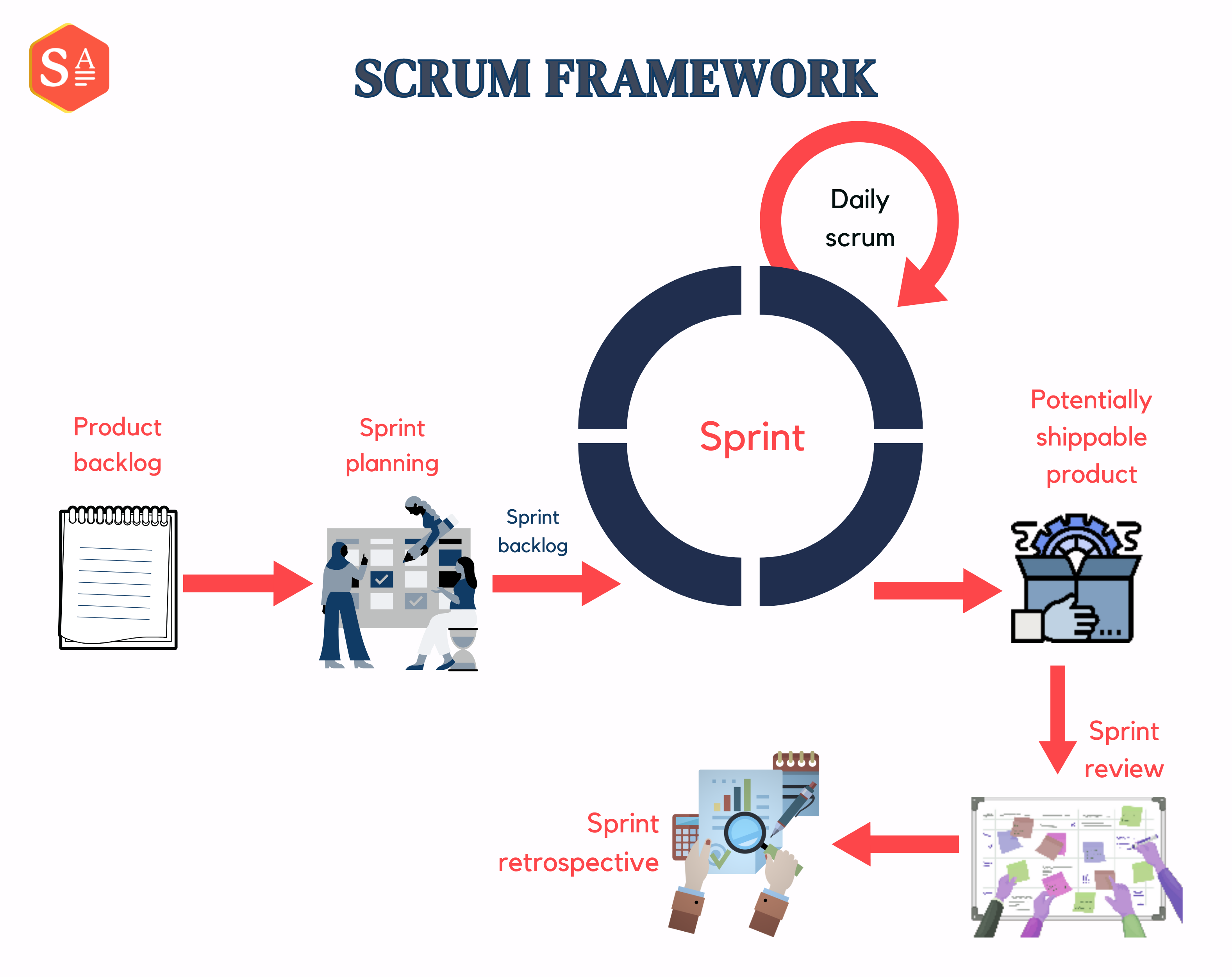
What are the major events of Scrum?
There are five primary Scrum events, as outlined in the Scrum Guide released in November 2020.
1. Sprint
Scrum is an innovative framework that emphasizes the principles of lean thinking and empiricism to create a more efficient and productive development process. To achieve this, Scrum uses small timed events called sprints, which are designed to produce a potentially shippable product. Each sprint has a specific duration, usually lasting no more than a month.
As soon as one sprint ends, the next one begins, allowing the Scrum team to continuously learn from their experiences and improve the process. The ultimate goal of sprints in Scrum is to empower the team to deliver the best results possible while minimizing waste and remaining flexible to changes and feedback from stakeholders. Overall, Scrum sprints are a powerful tool for maximizing efficiency and creating a more successful development process.
2. Sprint Planning
Sprint planning is an important event in the Scrum methodology where the product backlog is refined and the most crucial items are chosen for the upcoming sprint. The entire Scrum team participates in this process to decide on the sprint goal. Sometimes, other stakeholders may also be invited to assist with the decision-making process.
The primary objective of sprint planning is to determine the “why,” “what,” and “how” of the sprint. This means that sprint planning answers questions about the purpose of the sprint, the items that need to be worked on during the sprint, and the process of achieving the sprint goal.
If the sprint is one month long, sprint planning should take a maximum of 8 hours. However, if the sprint is shorter, the timing of the planning session will be less.
3. Daily Scrum
The Daily Scrum is a meeting that takes place every day during the sprint. It aims to facilitate communication among developers so that they can analyze their progress and ensure alignment with the sprint goal. The meeting is also an opportunity for the team to identify any impediments and come up with new strategies for tackling the product backlog.
The Daily Scrum is designed to promote effective communication among team members while empowering them to adapt to new challenges. To keep things simple, the meeting is held at the same time and place every day and should not exceed 15 minutes.
4. Sprint Review
The Sprint Review is held towards the end of a sprint and involves all the stakeholders and developers. During the review, the team evaluates the work completed during the sprint and identifies opportunities for future improvements. They also decide on new goals and what can be added to the next product backlog.
Typically, the Sprint Review will last for up to 4 hours for a one-month sprint, but it can be shorter for shorter sprints. The main objective is to promote transparency, collaboration, and teamwork among the team members.
5. Sprint Retrospective
The Sprint Retrospective is an important event that marks the end of a sprint. Its main objective is to reflect on the achievements and shortcomings of the sprint and, to guide the team’s future efforts. During this event, the scrum team evaluates their success against their definition of done and identifies any gaps that need to be addressed. They also discuss any issues or problems they encountered during the sprint, and how they were or were not resolved.
The Sprint Retrospective should not exceed three hours for a one-month sprint. The event is shorter for a shorter sprint. It’s worth noting that the discussions that take place during this event can potentially impact the sprint backlog.
Conclusion
The Scrum framework is designed to empower product development teams to adapt to rapidly changing customer requirements and respond to them empirically. By adopting an Agile mindset, Scrum teams can not only prevent resource waste but also promote a positive work environment. The framework is such that the shortcomings of one sprint will lead to the start of another, further enhancing the team’s positive outlook. Scrum boosts team morale by setting achievable goals and thus increasing the chances of success.


